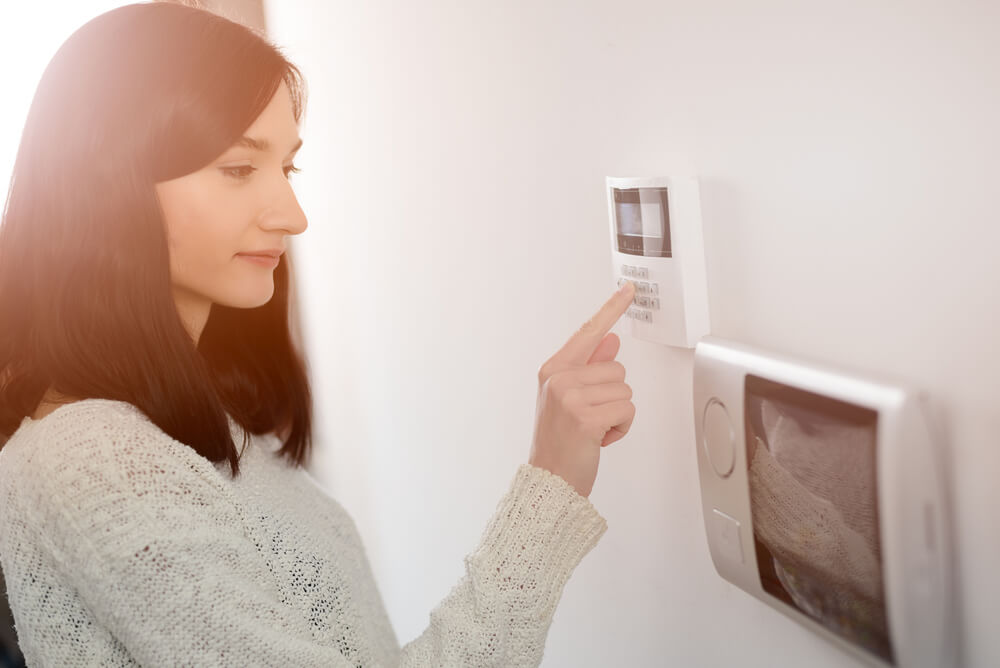When you buy a home and contents insurance policy, your insurer will consider a range of factors when calculating your monthly premium, including your circumstances, house value and more.
The factors outlined below can all affect your final home and contents premium.
The amount you will receive in the event of a claim on your home and contents insurance (minus any excess you owe) is commonly known as the ‘sum insured’.
Your sum insured amount should be sufficient enough to cover replacement or rebuilding costs for your home, otherwise you’ll risk underinsurance, which could leave you out of pocket.
If you don’t have adequate cover in place, your insurer may only pay part of your claim – which is why you should be insured for the correct amount.
Not necessarily. While the estimated value of your home should be a basis for your sum insured, there are a couple of things to consider.
Firstly, your sum insured amount doesn’t need to include your land value, as you will more than likely only need to replace your home, not the land it’s on.
For example, some properties in Sydney might be worth a couple of millions dollars, but the home itself may only be worth $500,000, so you’ll only need to insure it for $500,000.
Secondly, you should consider insuring your home for a sum insured amount that exceeds how much it would cost to rebuild or replace the property at present.
For example, in a very remote town, a home and land might be worth $300,000, but could cost $400,000 to fully replace.
Only insuring your home for its current value might disregard other rebuilding costs that you would have to pay out of pocket, or the potentially increased cost of building materials down the track.
Lastly, when you insure your home, you’ll need to calculate the replacement value of the whole structure and associated outbuildings as accurately as possible.
You’ll also need to do the same for the belongings in and around your home. If you own particularly precious items, you might consider taking out additional valuables cover.
An excess refers to the sum you have to pay when you claim on your policy.
Most insurance policies will have a basic or standard excess which applies to every claim. Although, you’ll typically have the option to increase your excess amount, which will reduce your insurance premium.
Also, if you have home and contents insurance, your policy may have separate excesses for home claims and content claims; this means you can possibly increase or decrease either excess amount.
Although, because there may be a lower likelihood of making a claim on your home insurance, you may choose to increase your home insurance excess and potentially reduce your contents excess
While a basic excess will apply whenever you make a claim, depending on the circumstances of your claim, you may have different applicable excesses to pay.
For example, if you’re claiming for an earthquake or flood, you may have to pay the higher of your basic excess or a fixed excess for a specific event. Or, if you’re claiming for an additional benefit (i.e. food spoilage), an additional excess may apply.
Your certificate of insurance or PDS usually lists the types of excess that you have to pay when you make a claim.

There are a number of other factors that may affect your home insurance, which we detail below.
When you buy home and contents insurance in Australia, your insurer is required by law to supply a key facts sheet (KFS). This sheet will outline the events that your policy does and doesn’t cover. Along with the KFS, you should thoroughly read through the product disclosure statement (PDS), which lists your policy’s terms and conditions.
If you have any questions for your insurer, don’t shy away from asking them. After all, you’re better off being adequately covered than risk being underinsured.